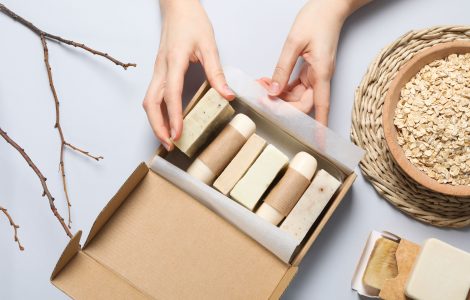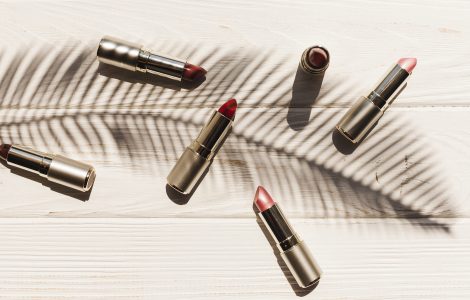Laminated tube packaging and extruded tube packaging are widely used in various industries due to their unique properties and advantages. Here's an overview of each type and their applications
The Difference of Laminated tube packagingand Extruded tube packaging

Laminated Tube Packaging (ABL and PBL)
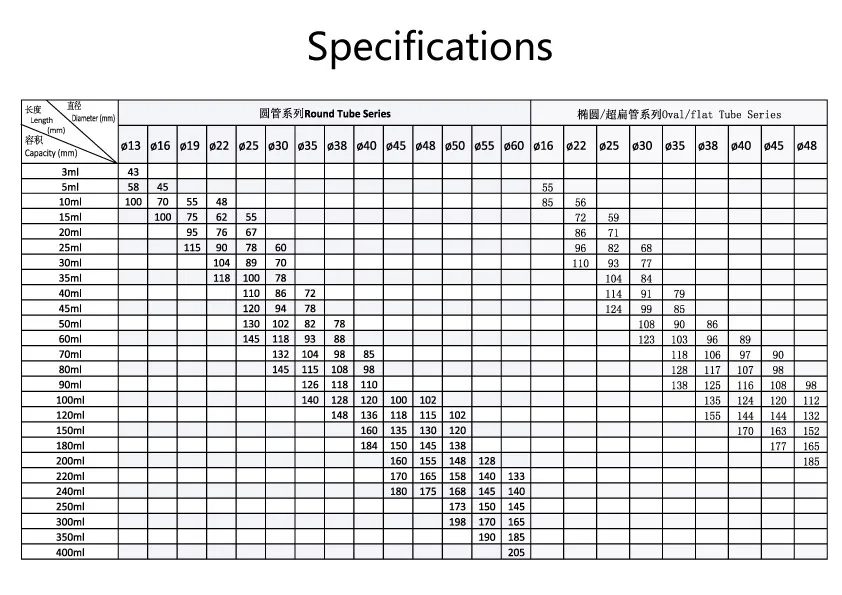
ABL (Aluminum Barrier Laminate)
Description: ABL tubes combine the barrier properties of aluminum with the flexibility of plastic. They typically have multiple layers, including an aluminum layer sandwiched between layers of plastic.
Manufacturing Process:
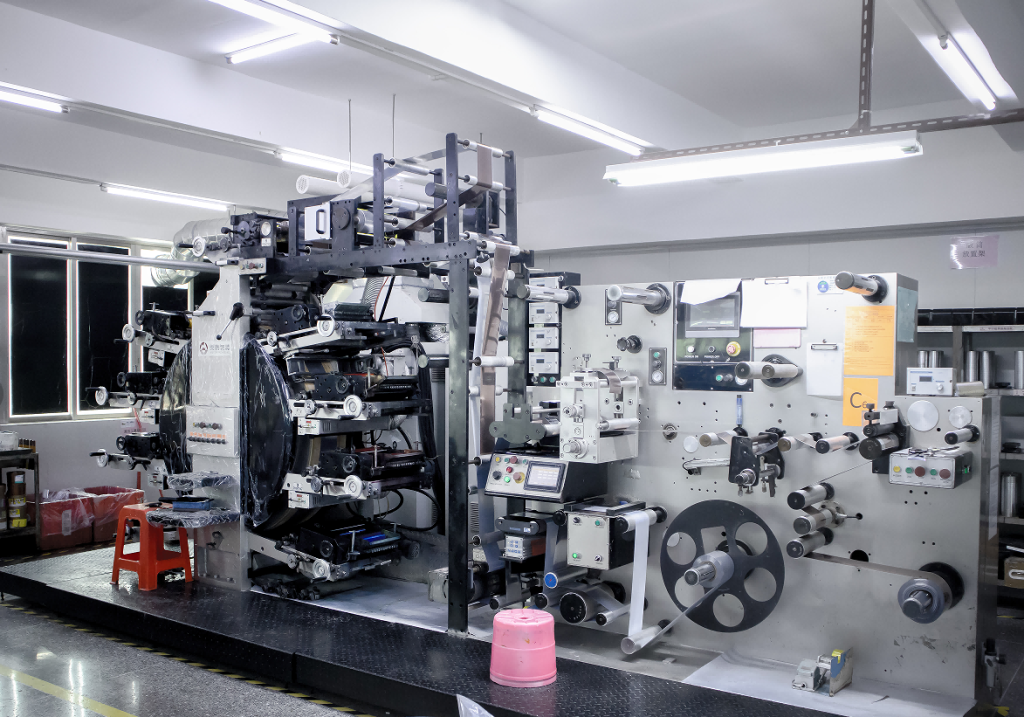
- Lamination: ABL tubes are created by laminating multiple layers, including an aluminum foil layer sandwiched between plastic layers. This aluminum layer provides an excellent barrier against oxygen, light, and moisture.
- Forming: The laminated material is formed into a tube shape, often using high-speed machinery.Sealing: The edges of the tube are sealed using heat or ultrasonic sealing methods.
- Printing and Decoration: Tubes can be printed with various designs using techniques like flexographic or digital printing, ensuring vibrant and durable graphics.

- Capping: The tube is fitted with a cap, which can be customized based on the application, such as flip-tops or screw caps.
Applications:
- Pharmaceuticals: Ensure robust barrier properties to protect sensitive formulations. Use tamper-evident caps and precise dosage control nozzles. Ideal for packaging ointments, creams, and gels due to their excellent barrier properties against light, oxygen, and moisture, which protect sensitive formulations.
- Cosmetics: Utilize vibrant, high-quality printing to create attractive designs that appeal to consumers. Used for products like toothpaste, hand creams, and hair care products where protection from external elements is crucial to maintain product efficacy.
- Food Products: Focus on hygiene and barrier properties to keep food products fresh. Use food-grade materials and ensure easy-to-use dispensing mechanisms. Suitable for packaging condiments, sauces, and other perishable food items that require extended shelf life.
PBL (Plastic Barrier Laminate)
Manufacturing Process:

- Lamination: PBL tubes are made by laminating plastic layers without the aluminum layer, using materials like EVOH (ethylene vinyl alcohol) for barrier properties.
- Forming, Sealing, Printing, and Capping: The process is similar to ABL but focuses more on the flexibility and recyclability of the plastic materials.
Description: PBL tubes are made entirely of plastic layers, providing a good barrier against moisture and preserving the product’s integrity. They are more environmentally friendly compared to ABL as they can be more easily recycled.
Applications:
- Cosmetics and Personal Care: Utilize vibrant, high-quality printing to create attractive designs that appeal to consumers. Commonly used for lotions, shampoos, conditioners, and other skincare products. They offer flexibility, durability, and an attractive appearance.
- Pharmaceuticals: Ensure robust barrier properties to protect sensitive formulations. Use tamper-evident caps and precise dosage control nozzles. Suitable for creams, gels, and other topical applications, providing a good barrier to protect the product from contamination and spoilage.
- Food Industry: Focus on hygiene and barrier properties to keep food products fresh. Use food-grade materials and ensure easy-to-use dispensing mechanisms. Used for packaging sauces, creams, and gels that require a robust yet flexible packaging solution.
Extruded Tube Packaging (PE Tubes)
PE (Polyethylene) Tubes
Description: Extruded tubes are made from polyethylene (PE), offering a seamless and durable structure. They are typically made through a process of extrusion, which ensures uniform wall thickness and high-quality finish.
Manufacturing Process:

- Extrusion: PE tubes are created through the extrusion process, where polyethylene is melted and formed into a continuous tube.
- Cutting: The continuous tube is cut into desired lengths based on the required tube size.
- Head Formation: The tube heads are formed and attached using high-speed machinery. The heads can be customized to various shapes and sizes, depending on the application.
- Printing and Decoration: PE tubes can be printed directly or labeled. Printing techniques include offset, silk-screen, and digital printing.
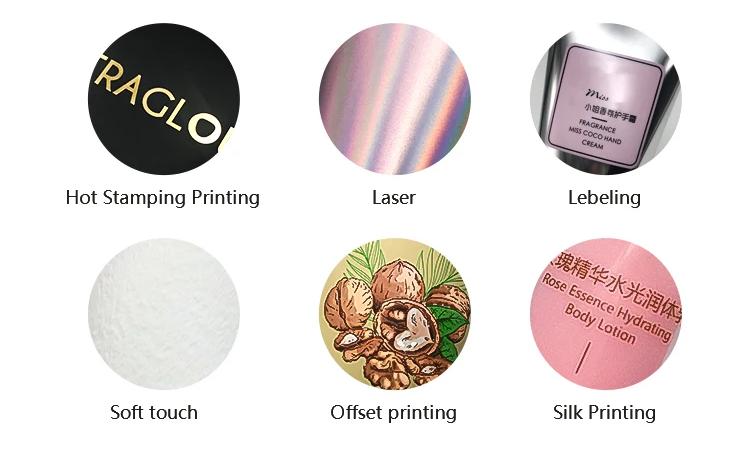
- Capping: Tubes are fitted with caps, which can be standard screw caps, flip-tops, or specialized dispensing caps.
Applications:
- Cosmetics and Personal Care: Use soft-touch PE material for a premium feel. Customize the tube shape and cap design to differentiate products such as creams, lotions, shampoos, conditioners, and toothpaste. Their flexibility and softness make them ideal for products that need to be squeezed out easily.
- Pharmaceuticals: Ensure the tubes meet pharmaceutical standards for hygiene and safety. Use clear labeling and dosing control features. Suitable for packaging topical medications, gels, and ointments, providing an inert barrier that does not react with the contents.
- Food Products: Use food-grade PE materials to ensure safety. Design easy-to-dispense tubes for products like condiments, gels, and other food items that need to be dispensed easily and require a hygienic packaging solution.
- Industrial Products: Suitable for packaging adhesives, lubricants, and sealants, offering durability and ease of use.


